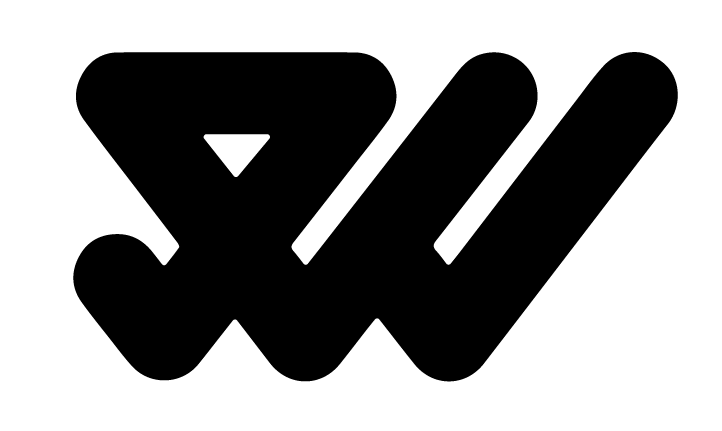20 February 2016
7 min read
When you're just starting out in you design career, everything can seem like a struggle. You can ease the pain by having the right drawing tools and learning from inspiring design portfolios, but even so there's bound to come a time when you find yourself asking whether it's all worth it.
Read More18 February 2016
5 min read
1 : Increase Sales and Revenue Any professionally run business will...
Read More19 October 2015
7 min read
When the Center for Creative Leadership (CCL) decided to overhaul its brand...
Read More18 October 2015
11 min read
A graduate of London’s Royal College of Art, Paul Wearing is a...
Read More13 October 2015
2 min read
Recently had our painter decorator in to finally splash some colour into...
Read More5 May 2014
1 min read
Thank you to everyone who voted this past week to get me to the top of Portfolio of the week! Sitting on the top with a
Read More

